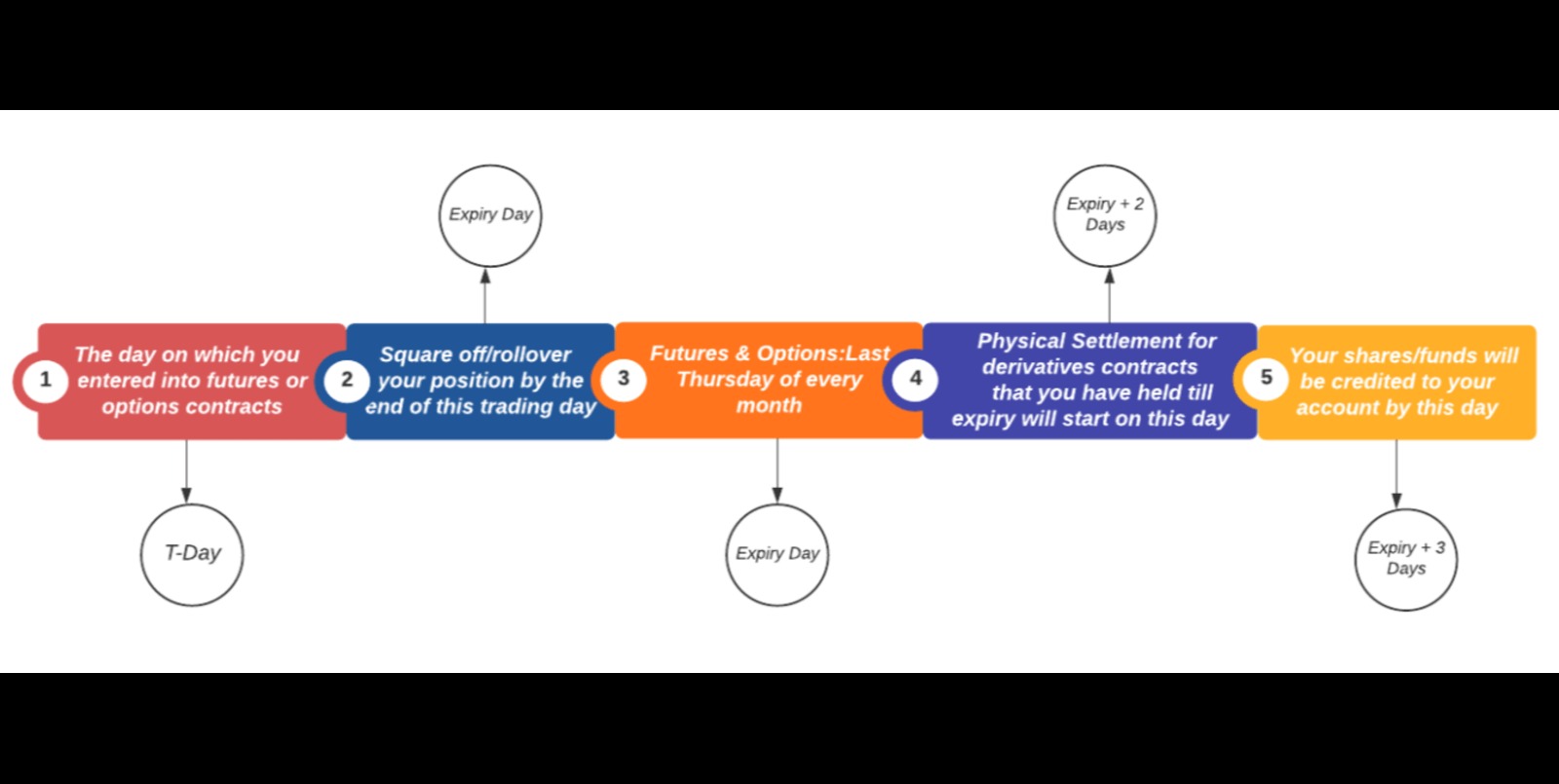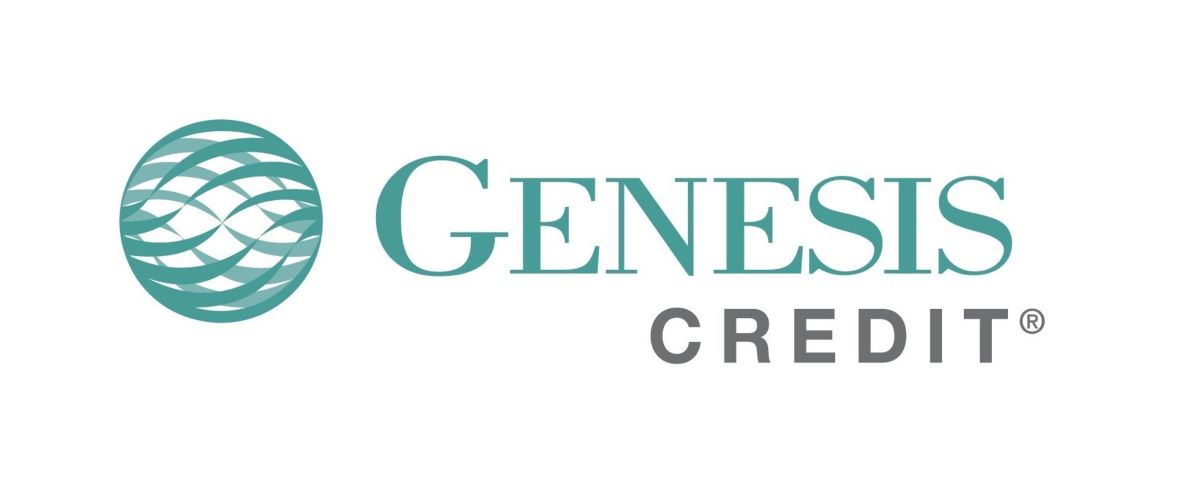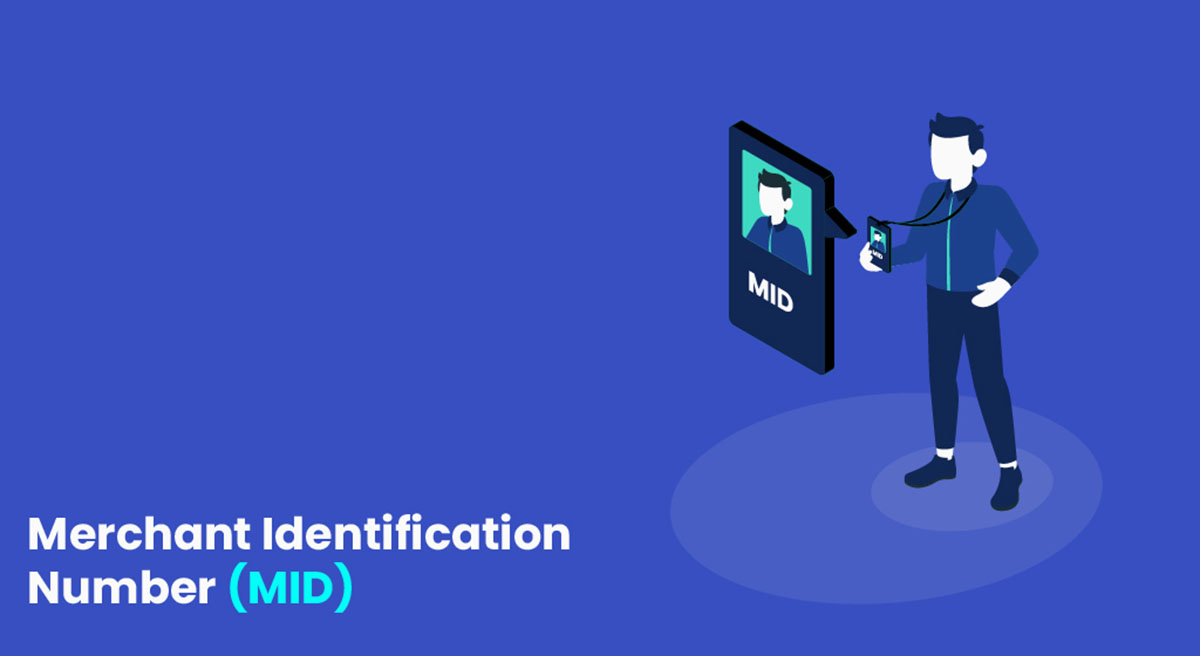

Finance
How To Settle With Credit Acceptance
Published: January 11, 2024
Learn how to settle with Credit Acceptance and manage your finances effectively. Get expert advice on negotiating with creditors and resolving your credit issues.
(Many of the links in this article redirect to a specific reviewed product. Your purchase of these products through affiliate links helps to generate commission for LiveWell, at no extra cost. Learn more)
Table of Contents
Introduction
Dealing with debt can be a challenging and overwhelming experience. If you find yourself struggling to repay a loan or credit obtained from Credit Acceptance, it is essential to explore your options and find a way to settle your debt. Settling with Credit Acceptance can provide you with an opportunity to negotiate a reduced payment amount or arrange a suitable repayment plan.
In this article, we will guide you through the process of settling with Credit Acceptance. From understanding your debt to finalizing a settlement agreement, we will provide you with valuable insights and strategies to help you navigate this complex situation.
Before we delve into the steps involved in settling with Credit Acceptance, it is important to understand the concept of debt settlement. Debt settlement is a process in which you and the creditor agree to resolve your debt for a reduced amount, typically lower than the total amount owed.
So, if you are ready to take charge of your financial future and settle your debt with Credit Acceptance, let’s dive into the step-by-step guide that will help you achieve financial freedom.
Step 1: Understand your debt
Before you can effectively negotiate a settlement with Credit Acceptance, it is crucial to have a clear understanding of your debt. Start by gathering all the necessary information related to your loan or credit agreement. This includes the original loan amount, interest rate, monthly payment, and any additional fees or charges that may have been incurred.
Next, assess the current status of your debt. Are you behind on payments? Have you received any collection notices or calls from Credit Acceptance? Understanding where you stand in terms of your debt will help you determine what kind of settlement options may be available to you.
Take the time to review your financial records and create a comprehensive budget. This will allow you to see how much you can realistically afford to pay towards your debt settlement. Look for areas where you can cut back on expenses or increase your income to free up more funds for repayment.
Additionally, it can be beneficial to educate yourself about the laws and regulations that govern debt settlement. Familiarize yourself with your rights as a borrower and any applicable consumer protection laws. Knowledge is power, and being well-informed will give you the confidence to navigate the negotiation process effectively.
Finally, consider seeking professional advice or guidance from a financial counselor or debt settlement expert. They can provide valuable insights and suggestions based on their expertise and experience. Their guidance can help you navigate the settlement process more effectively and maximize your chances of achieving a successful outcome.
By understanding the details of your debt and assessing your financial situation, you will be well-prepared to move on to the next steps in settling with Credit Acceptance.
Step 2: Assess your financial situation
Once you have a clear understanding of your debt, the next step is to assess your financial situation. Take a close look at your income, expenses, and overall financial health to determine how much you can afford to pay toward your debt settlement.
Start by evaluating your monthly income. Take into account your salary, any additional sources of income, and any anticipated changes in income in the near future. This will give you an idea of how much money you have available to allocate towards your settlement.
Next, it’s important to examine your expenses. Take a close look at your monthly bills, including rent or mortgage payments, utility bills, transportation costs, groceries, and any other necessary expenses. Identify areas where you can cut back on spending to free up more funds for your debt settlement.
Consider implementing a strict budget to help you stay on track. Allocate a specific amount each month towards your settlement and stick to it. Trim unnecessary expenses and focus on prioritizing your debt repayment. This disciplined approach will bring you closer to achieving your financial goals.
It’s also important to be mindful of any other outstanding debts you may have. Take stock of all your debts, including credit card balances, student loans, and other financial obligations. Analyze the interest rates, payment terms, and minimum payment requirements for each debt.
If you have multiple debts, consider prioritizing your settlement efforts based on factors such as interest rates, collection activity, and potential legal consequences. This will help you allocate your resources effectively and tackle your debts in the most strategic manner.
Throughout this assessment process, it is crucial to be honest with yourself about your financial capabilities. Setting realistic expectations and goals will ensure that you approach the negotiation process with confidence and make informed decisions.
By assessing your financial situation thoroughly, you will be equipped with the necessary information to negotiate a fair and feasible settlement with Credit Acceptance.
Step 3: Contact Credit Acceptance
After understanding your debt and assessing your financial situation, it’s time to initiate contact with Credit Acceptance. By proactively reaching out to them, you can open the lines of communication and begin the negotiation process on your terms.
Start by gathering all the necessary contact information for Credit Acceptance. This includes their phone number, mailing address, and email address. It’s important to choose a method of communication that works best for you and provides a clear and documented record of your interactions.
When contacting Credit Acceptance, be prepared to provide them with your account information and any relevant details regarding your financial situation. This will help them assess your circumstances and determine what options may be available to you.
During your initial conversation or correspondence, be professional, polite, and concise. Clearly state your purpose for contacting them, which is to discuss a potential settlement arrangement. Explain your financial situation honestly and explain why settling your debt would be in everyone’s best interest.
It’s important to note that creditors like Credit Acceptance understand that borrowers may face financial hardships and may be open to negotiating a settlement. By demonstrating your willingness to resolve your debt, you increase the chances of reaching a mutually agreeable solution.
If possible, try to negotiate with a designated debt settlement or hardship department within Credit Acceptance. These departments are specifically trained to handle these types of situations and may have more flexibility in finding suitable solutions.
During your conversation or correspondence, document all the details discussed, including the names of the representatives you speak with, the date and time of the conversation, and any agreements or arrangements made. This documentation will serve as evidence in case any disputes arise in the future.
Remember to maintain open and honest communication throughout the negotiation process. Be responsive to any requests for additional information and provide any necessary documentation promptly.
By taking the initiative to contact Credit Acceptance, you demonstrate your willingness to take responsibility for your debt and work towards a resolution. This proactive approach sets the foundation for successful negotiations and increases the likelihood of reaching a favorable settlement.
Step 4: Negotiate a settlement
Once you have established contact with Credit Acceptance, it’s time to enter into the negotiation phase. Negotiating a settlement involves discussing potential options with the creditor to reach an agreement that is beneficial for both parties.
Start by clearly expressing your desire to settle the debt and your willingness to work towards a resolution. Emphasize that you are committed to fulfilling your financial obligations but are currently facing financial constraints that make it difficult to make full repayment.
Present your proposed settlement offer to Credit Acceptance. This offer should be based on what you can realistically afford to pay, taking into consideration your financial situation and budget. Be prepared to provide supporting documentation, such as your income and expense statements, to strengthen your case.
During the negotiation process, Credit Acceptance may counter your settlement offer with a different proposal. Be prepared to carefully evaluate and consider their counteroffer. Compare the terms of their counteroffer with your financial capabilities and determine if it is a viable option.
Keep in mind that the negotiation process may involve multiple rounds of back-and-forth communication. It’s essential to remain patient, flexible, and open to finding a compromise. Remember, the goal is to reach an agreement that both parties can accept.
If you encounter difficulties during the negotiation process or hit a roadblock, consider seeking professional assistance from a credit counseling agency or a debt settlement expert. These professionals have experience in dealing with creditors and can provide valuable insights and guidance to help you negotiate the best possible settlement.
Once you and Credit Acceptance have reached a settlement agreement, ensure that all the terms and conditions of the agreement are clearly outlined in writing. Review the settlement agreement carefully and seek clarification on any points that may be unclear or ambiguous.
By engaging in thoughtful and proactive negotiation, you can increase the chances of achieving a settlement that is fair and manageable for you. Remember, the art of negotiation involves a willingness to compromise and find common ground in order to reach a satisfactory outcome.
Step 5: Review and sign settlement agreement
Once you have successfully negotiated a settlement with Credit Acceptance, the next step is to review and sign the settlement agreement. This agreement will outline the terms and conditions of the settlement, including the agreed-upon payment amount, timeline, and any other specific terms that were discussed during the negotiation process.
Review the settlement agreement carefully to ensure that all the terms align with what was previously discussed and negotiated. Pay close attention to the payment amount, the number of payments, and the due dates. It is essential to make sure that the agreement reflects the terms you agreed upon during the negotiation process.
If you have any concerns or questions about the agreement, do not hesitate to seek clarification from Credit Acceptance. It is crucial to have a thorough understanding of the terms before signing any binding agreement.
Once you are satisfied with the content of the settlement agreement, sign it as instructed by Credit Acceptance. Make sure to keep a copy of the signed agreement for your records.
It is important to note that once you sign the settlement agreement, you are legally bound by its terms. Therefore, it is crucial to fulfill your obligations as outlined in the agreement to avoid any potential consequences or disputes in the future.
If you are unsure about any aspect of the settlement agreement or have concerns about your ability to meet the agreed-upon terms, consider consulting with a legal professional or a financial advisor. They can provide additional guidance and insights to ensure that you fully understand the implications of signing the agreement.
By carefully reviewing and signing the settlement agreement, you demonstrate your commitment to fulfilling your financial obligations and working towards resolving your debt with Credit Acceptance.
Step 6: Make payment arrangements
After signing the settlement agreement, it’s time to move forward and make the necessary payment arrangements with Credit Acceptance. This step is crucial to ensure that you fulfill your obligations and successfully complete the settlement process.
First, determine the agreed-upon payment amount and the frequency of payments as outlined in the settlement agreement. It’s important to understand the payment schedule and ensure that you have the financial means to make the payments as scheduled.
Set up a dedicated account or allocate funds specifically for your debt settlement payments. This will help you stay organized and ensure that you have the necessary funds available when the payments are due.
Consider setting up automatic payments or using online banking to make the process more convenient and to avoid any potential delays or missed payments. You can also talk to Credit Acceptance about their preferred payment methods and any additional instructions they may have.
If you anticipate any difficulties in making the agreed-upon payments, it is crucial to communicate with Credit Acceptance as soon as possible. They may be willing to work with you to adjust the payment schedule or explore alternative options to ensure successful completion of the settlement.
Keep track of each payment made towards your debt settlement. Maintain accurate records of the payment amounts, dates, and any confirmation numbers or receipts. This documentation will serve as proof of your payments and can be valuable in case any discrepancies or disputes arise in the future.
Throughout the payment arrangement period, it’s important to stay in regular contact with Credit Acceptance. Maintain open communication by providing them with updates on your progress and any changes in your financial situation that may impact your ability to make the agreed-upon payments.
By fulfilling your payment obligations promptly and staying proactive in your communication, you demonstrate your commitment to resolving your debt and building a positive relationship with Credit Acceptance.
Remember, making consistent and timely payments is crucial to successfully complete the settlement agreement and achieve financial freedom.
Step 7: Follow up with Credit Acceptance
Once you have started making payments towards your settlement agreement, it is important to maintain regular follow-up with Credit Acceptance. Keeping open lines of communication will ensure that both parties stay informed and that any potential issues or concerns can be addressed promptly.
Regularly check your account statements or online payment portal to verify that your payments are being properly credited towards your settlement. It’s important to ensure that there are no discrepancies or errors in the payment application.
If you notice any discrepancies, such as a payment not being properly credited or any errors in the balance, contact Credit Acceptance immediately to address the issue. Provide them with the necessary details and documentation to rectify the situation promptly.
In addition to monitoring the payment application, stay in touch with Credit Acceptance to provide updates on your progress and discuss any changes in your financial situation. This proactive approach will help maintain a positive rapport with Credit Acceptance and demonstrate your commitment to fulfilling your obligations.
If you encounter any financial difficulties or unforeseen circumstances that may impact your ability to make payments, it’s vital to communicate with Credit Acceptance as soon as possible. They may be willing to work with you to find alternative solutions, such as temporarily adjusting the payment schedule or exploring other options that can help you stay on track.
Throughout the follow-up process, document any communication you have with Credit Acceptance. Keep a record of the date, time, and details of each conversation or correspondence. This documentation will be valuable if any disputes or misunderstandings arise in the future.
If you successfully complete the settlement agreement, follow up with Credit Acceptance to ensure that the debt is reported as “settled” or “paid in full” on your credit report. This will help improve your credit standing and demonstrate your responsible debt management.
By staying engaged and proactive in your follow-up with Credit Acceptance, you can ensure a smooth and successful completion of the settlement agreement. It also helps to build trust and maintain a positive relationship with Credit Acceptance moving forward.
Conclusion
Settling a debt with Credit Acceptance can be a challenging process, but by following the steps outlined in this guide, you can navigate the journey successfully. Understanding your debt, assessing your financial situation, and initiating contact with Credit Acceptance are crucial initial steps.
Through effective negotiation and communication, you can reach a settlement agreement that is mutually beneficial. Carefully review and sign the agreement, ensuring that the terms align with what was discussed and negotiated.
Once the settlement agreement is in place, make payment arrangements and fulfill your financial obligations promptly. Maintain regular follow-up with Credit Acceptance, monitor payment application, and keep open lines of communication to address any concerns or changes in your financial situation.
Remember, settling your debt with Credit Acceptance is a step towards achieving financial freedom. By taking control of your financial situation, making informed decisions, and honoring your commitments, you can overcome debt and build a stronger financial future.
As you embark on this journey, it can be helpful to seek support from financial professionals or credit counseling agencies who can provide guidance and expertise. They can offer valuable insights and strategies to help you throughout the debt settlement process.
Keep in mind that settling a debt with Credit Acceptance may impact your credit score. However, by fulfilling your obligations and demonstrating responsible financial behavior moving forward, you can work towards rebuilding your credit over time.
Finally, remember that each person’s experience with debt settlement may be unique. It’s essential to adapt these steps to your specific situation and consult with professionals when needed. Patience, persistence, and a proactive approach will greatly increase your chances of successfully settling your debt with Credit Acceptance.














